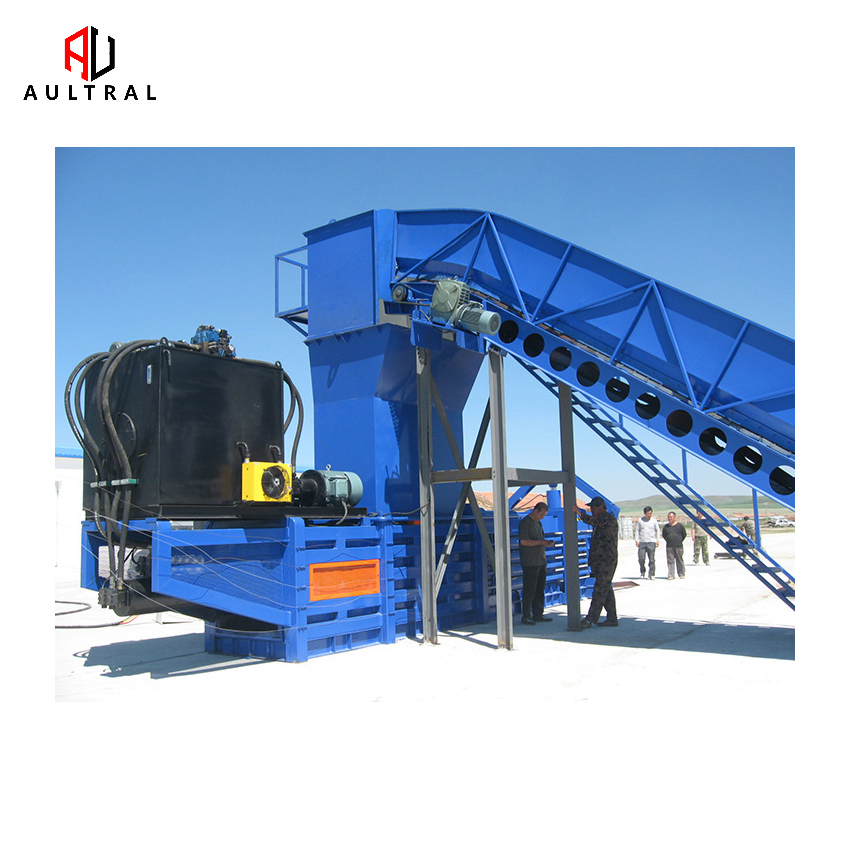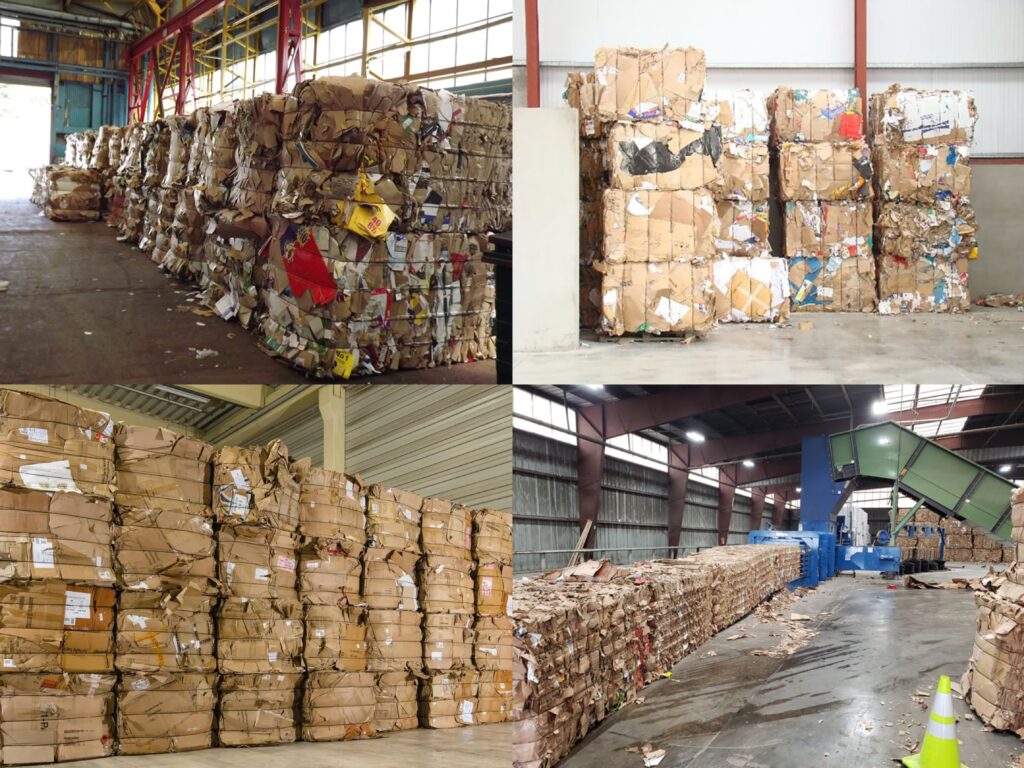In the fast-paced world of waste management and recycling, efficiency is key. Businesses need to find ways to process materials faster, reduce operational costs, and streamline the entire recycling process. Enter the automatic horizontal baler — a game-changing piece of equipment that is revolutionizing the way industries handle large volumes of recyclable materials. From paper and cardboard to plastics and metals, the automatic horizontal baler is designed to meet the high demands of modern recycling operations, all while ensuring sustainability and cost-effectiveness.
What is an Automatic Horizontal Baler?
An automatic horizontal baler is an advanced machine used to compress recyclable materials into compact bales. It operates automatically, reducing the need for manual labor and boosting efficiency in recycling processes. These machines are especially designed for high-volume operations, where large quantities of waste materials are processed on a daily basis.
The key feature of a horizontal baler is its ability to compress materials horizontally, which allows for continuous loading and processing. This is a crucial advantage in industries where large volumes of materials are handled, such as in paper recycling, plastic recycling, and scrap metal processing. With automation, these balers can operate with minimal human intervention, making them ideal for large-scale recycling operations.
Key Benefits of Using an Automatic Horizontal Baler
-
Increased Efficiency and Productivity
An automatic horizontal baler is designed for continuous operation, allowing businesses to process large volumes of materials without interruptions. The automatic system feeds, compresses, and ties the bales without requiring constant supervision. This leads to a significant reduction in labor costs and ensures that the entire recycling process is more efficient.
The baler’s ability to continuously work without manual input means that your business can handle more material in less time. This is particularly important in industries like paper or cardboard recycling, where processing time is directly linked to profitability.
-
Cost-Effective Operations
By automating the baling process, businesses can drastically cut down on labor expenses. Since these balers operate autonomously, fewer workers are needed for material handling and processing. In addition to labor savings, the ability to produce more bales in a shorter amount of time means that companies can also reduce their operational costs.
Moreover, automatic horizontal balers are built with high-quality, durable components that can withstand continuous use, making them a long-term investment that delivers consistent results while minimizing maintenance costs.
-
Better Space Utilization and Storage
Horizontal balers compress waste materials into tight, uniform bales that are easy to store and transport. This compact packaging optimizes storage space and reduces the amount of room required for storing recyclables. Instead of stacking loose paper or plastic, businesses can organize and store material more efficiently, saving valuable warehouse space and reducing clutter.
Additionally, the baler’s uniform bale size makes stacking and transporting materials simpler and more organized, further reducing logistical challenges.
-
Enhanced Environmental Sustainability
Automatic horizontal balers are an essential tool in the movement towards a more sustainable world. By helping companies efficiently recycle materials like paper, cardboard, plastics, and metals, they contribute to the reduction of waste sent to landfills. The baler ensures that these materials are properly compressed and ready for recycling, contributing to a circular economy and reducing the environmental footprint.
With more industries adopting this technology, the impact on waste management practices becomes significant — not only reducing landfill waste but also promoting the recycling of valuable resources that would otherwise be wasted.
-
Safety and Reduced Labor Risks
Manual labor in waste management can be hazardous, especially when dealing with heavy materials and equipment. Automatic horizontal balers reduce the need for direct human involvement in the baling process, minimizing the risk of workplace injuries. Operators simply need to load the materials into the machine, and the baler handles the rest. This enhanced safety feature not only protects employees but also improves workplace morale and reduces potential liabilities.
Applications of the Automatic Horizontal Baler
-
Cardboard and Paper Recycling
One of the most common applications for automatic horizontal balers is in the recycling of cardboard and paper. These materials are often bulky and take up a lot of space. The baler compresses them into tight bales, making them easier to store, transport, and process for recycling. -
Plastic Recycling
The automatic horizontal baler is also commonly used in plastic recycling, where large volumes of plastic waste are generated. By compacting plastics into manageable bales, the baler facilitates better handling and processing of plastic materials for reuse. -
Metal Scrap Recycling
Horizontal balers are also highly effective in the scrap metal industry, where large volumes of metal materials need to be compressed for further processing or sale. The heavy-duty construction of the baler allows it to handle tough materials such as metal scrap, ensuring efficient recycling operations. -
E-Waste Recycling
With the increase in electronic waste, many businesses are turning to automatic horizontal balers to compact and recycle materials such as plastic and metal from old electronics. The ability to handle various materials in one machine makes the baler an excellent choice for e-waste processing.
How to Choose the Right Automatic Horizontal Baler for Your Business
When selecting an automatic horizontal baler for your recycling operations, consider the following factors:
-
Throughput Capacity: Choose a baler with a throughput that matches the volume of waste your business processes on a daily basis.
-
Material Types: Make sure the baler is designed to handle the specific materials you work with, whether it’s paper, plastics, metals, or a combination of different recyclables.
-
Bale Size: Ensure the machine can produce bales of the right size for your storage and transportation needs.
-
Energy Efficiency: Look for models that are energy-efficient to reduce long-term operating costs.
-
Durability and Maintenance: Choose a baler that is built for durability and comes with low maintenance requirements.


